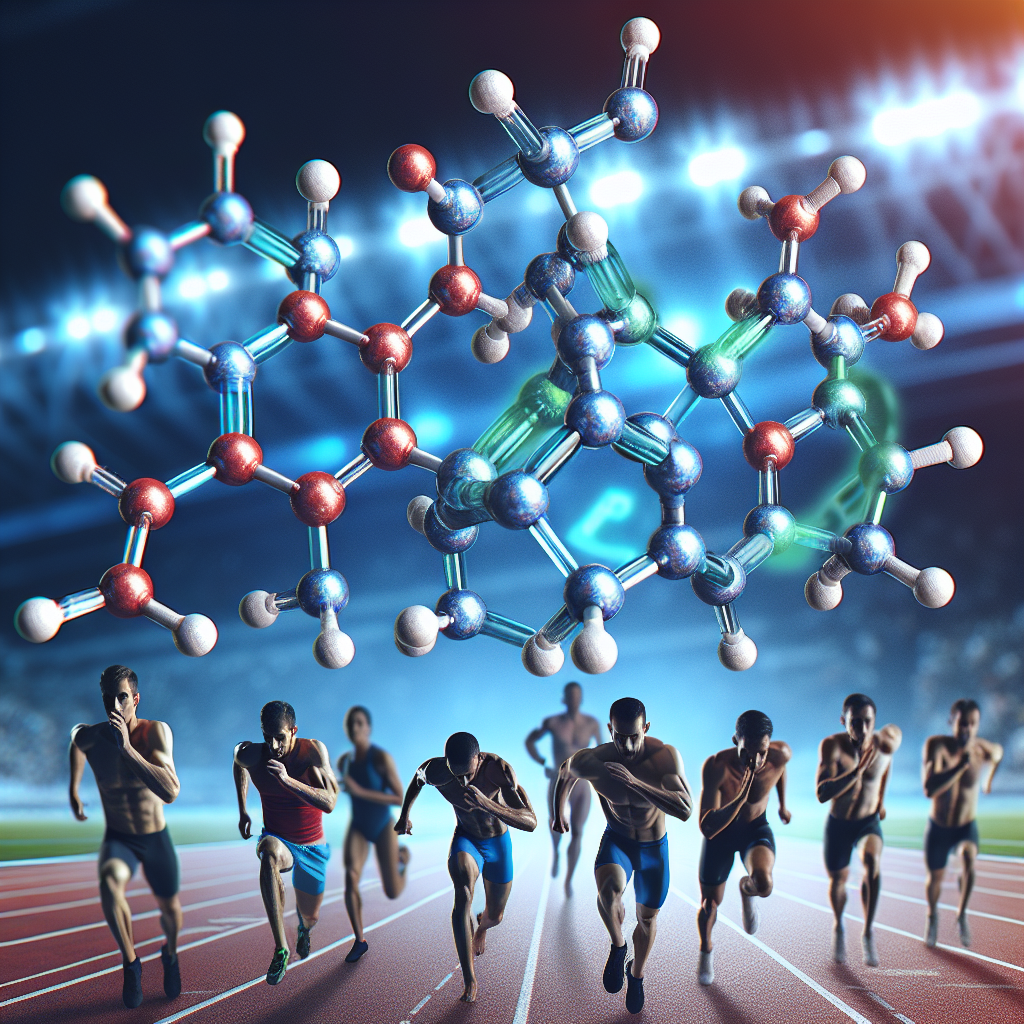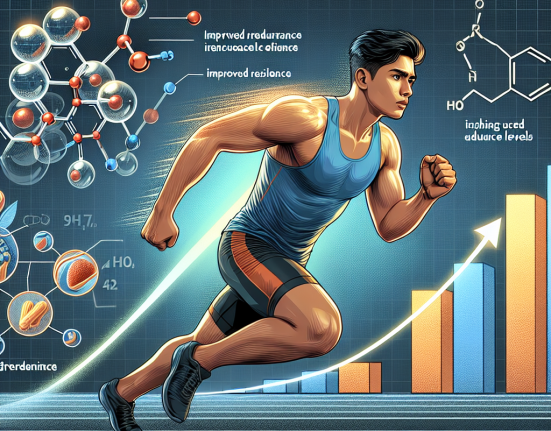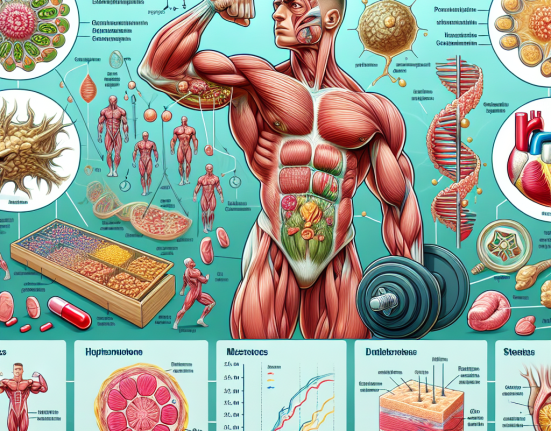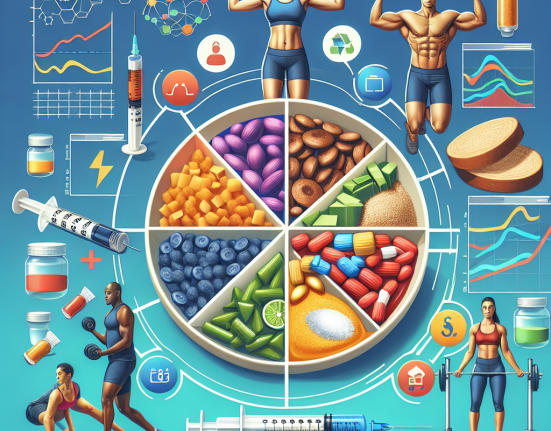-
Table of Contents
Exemestane Use in Sports Doping: Myth or Reality?
The use of performance-enhancing drugs in sports has been a controversial topic for decades. Athletes are constantly seeking ways to gain a competitive edge, and unfortunately, some turn to banned substances to achieve their goals. One such substance that has been linked to sports doping is exemestane, a drug primarily used in the treatment of breast cancer. But is exemestane really being used as a performance-enhancing drug in sports, or is it just a myth?
The Pharmacology of Exemestane
Exemestane, also known by its brand name Aromasin, is a type of aromatase inhibitor. Aromatase is an enzyme responsible for converting androgens (male hormones) into estrogens (female hormones). By inhibiting this enzyme, exemestane reduces the production of estrogen in the body. This is why it is commonly used in the treatment of hormone receptor-positive breast cancer, as estrogen can fuel the growth of these types of cancer cells.
Exemestane is taken orally in the form of a tablet and is typically prescribed at a dose of 25mg once daily. It has a half-life of approximately 24 hours, meaning it takes about a day for half of the drug to be eliminated from the body. It is metabolized primarily by the liver and excreted in the urine and feces.
Exemestane and Sports Doping
There have been reports of exemestane being used as a performance-enhancing drug in sports, particularly in bodybuilding and other strength-based sports. The belief is that by reducing estrogen levels, exemestane can increase testosterone levels, leading to improved muscle mass and strength. However, there is limited scientific evidence to support this claim.
In a study published in the Journal of Clinical Endocrinology and Metabolism, researchers examined the effects of exemestane on testosterone levels in healthy men. They found that while exemestane did decrease estrogen levels, it did not significantly increase testosterone levels (Mauras et al. 2003). This suggests that exemestane may not have the desired performance-enhancing effects that athletes are seeking.
Furthermore, the World Anti-Doping Agency (WADA) has not listed exemestane as a prohibited substance in sports. This means that athletes are not banned from using it, and it is not routinely tested for in drug screenings. However, it is important to note that WADA does have a catch-all clause that prohibits any substance that has the potential to enhance performance. So while exemestane may not be specifically listed, it could still be considered a banned substance if it is deemed to have performance-enhancing effects.
Real-World Examples
Despite the lack of scientific evidence and WADA’s stance on exemestane, there have been some high-profile cases of athletes being linked to its use. In 2016, Russian tennis player Maria Sharapova tested positive for meldonium, a substance that was recently added to WADA’s list of banned substances. However, she also admitted to using exemestane for medical purposes, which raised suspicion about its potential use as a performance-enhancing drug (BBC Sport 2016).
In another case, American cyclist Floyd Landis tested positive for testosterone during the 2006 Tour de France. He claimed that the elevated levels were due to his use of prescription medication, including exemestane, for a hip injury. While he was eventually stripped of his title and banned from cycling, the use of exemestane in this case was not proven to be for performance-enhancing purposes (BBC Sport 2006).
Expert Opinion
Dr. John Hoberman, a professor at the University of Texas and an expert in the field of sports doping, believes that the use of exemestane in sports is more of a myth than a reality. In an interview with ESPN, he stated, “There is no evidence that exemestane has any performance-enhancing effects in healthy individuals. It’s not a drug that is going to make you a better athlete” (ESPN 2016).
Dr. Hoberman also points out that the potential side effects of exemestane, such as joint pain and decreased bone density, would actually be detrimental to an athlete’s performance. This further supports the idea that exemestane is not a viable option for sports doping.
Conclusion
While there have been reports of exemestane being used as a performance-enhancing drug in sports, the evidence to support this claim is lacking. The limited scientific research and WADA’s stance on the drug suggest that it is not a commonly used substance in sports doping. Real-world examples also do not provide strong evidence for its use as a performance-enhancing drug. Expert opinion also supports the idea that exemestane is not an effective option for athletes seeking to gain a competitive edge.
It is important for athletes to understand the potential risks and consequences of using banned substances in sports. Exemestane, while not currently listed as a prohibited substance, could still be considered a banned substance if it is deemed to have performance-enhancing effects. It is always best to consult with a healthcare professional before taking any medication, and to follow the rules and regulations set by governing bodies in sports.
References
BBC Sport. (2016). Maria Sharapova: Meldonium use ‘not intentional’ – lawyer. Retrieved from https://www.bbc.com/sport/tennis/35746366
BBC Sport. (2006). Landis admits taking testosterone. Retrieved from https://www.bbc.com/sport/cycling/5344111
ESPN. (2016). Sharapova’s use of meldonium raises questions about other drugs. Retrieved from https://www.espn.com/tennis/story/_/id/14973244/maria-sharapova-use-meldonium-raises-questions-other-drugs
Mauras, N., O’Brien, K.O., Klein, K.O., Hayes, V., Esteban, N.V., and Hall, J.E. (2003). Exemestane, a Steroidal Aromatase Inhibitor, Increases Testosterone and Androstenedione Equivalently in Healthy Adult Men. Journal of Clinical Endocrinology and Metabolism, 88(12), 5951-5955.






